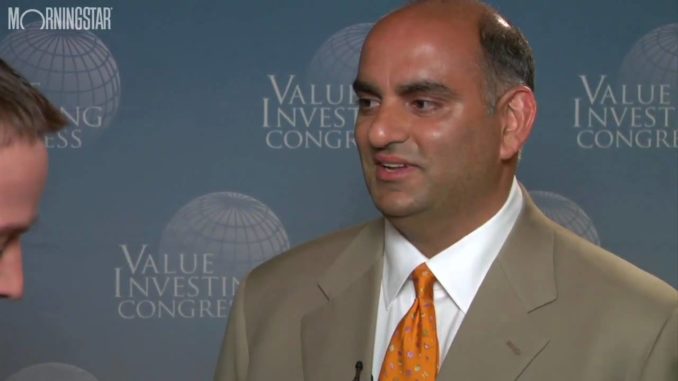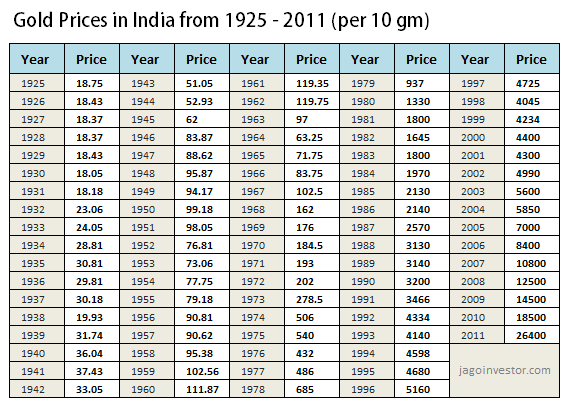Forex Trading
ICICI Prudential Gilt Fund, Debt Funds Mutual Funds
Contents
In the short term, they are considered to be the riskiest among all the debt funds. Gilt funds’ investments are highly vulnerable to interest rate risk. In a falling interest rate scenario, these funds can offer high returns. Investment period – Gilt funds invest in government bonds with medium- to long-term maturities. The average maturity of this portfolio varies between three and five years. Compared to equity funds, gilt funds offer a great asset quality besides having low yields.
Cost – Gilt funds charge a management fee, which is a cost ratio limited by SEBI to 2.25% of the NAV. All efforts have been made to ensure the information provided here is accurate. However, no guarantees are made regarding correctness of data. Please verify with scheme information document before making any investment. Interest rate expectations are driven by the repo rate signals provided by the Reserve Bank of India in its bi-monthly monetary policy.
- But for those of us looking for credit-risk-free returns over a long period of time, these set of funds are worth exploring.
- Before you go ahead and consider investing in a gilt fund, there are a few things that you should take into account.
- Investors have preferred to shift their debt investments to these funds because of the zero credit risk feature they carry.
- It accepts no liability for any damages or losses, however caused, in connection with the use of, or on the reliance of its product or related services.
Only invest in these funds if you have the patience to wait for the interest rate cycle to flip around; in other words, investors will only gain from gilt funds if they hold them for a long period. This will assist investors in taking advantage of low-interest rates. UTI Gilt Fund predominantly invests in Government Securities issued by the central and/or state government. The scheme aims to generate stable and regular returns with possibility of capital appreciation over a long term horizon.
NAV alert set successfully.
The average maturity of a gilt fund portfolio varies between three years to five years. If you are thinking of investing in gilt funds, then you need to have an investment horizon of at least three to five years. In order to determine whether gilt funds should be included in the debt portfolio of investors, the financial goals and aspirations of the investor should align with the investment considerations. These funds can invest only in Government bonds and securities of medium to long term duration. In earlier days, Government used to issue bonds in golden-edged certificates that is how the name gilded edge certificates or gilt funds became popular, also known as G-Sec Government Securities.
Despite the ability to generate considerable returns, even going up to 12%, gilt fund returns are not guaranteed and may vary depending on the interest rate regime. Hence, investors are advised https://1investing.in/ to invest during decreasing interest rate regimes. Moreover, the expectation is that gilt funds still deliver returns higher than those of equity funds even when the economy is in a slump.

While the returns are not as high as what top equity funds could offer, they are highly reasonable, and more importantly, come with minimum risk. Gilt funds have the potential to generate returns of up to 12% . Returns on gilt funds, on the other guilt funds hand, are not guaranteed and are extremely changeable in response to fluctuations in general interest rates. As previously stated, there are two types of gilt funds, both of which invest at least 80% of their portfolio in G-Securities.
Why Should you Invest in Gilt Funds?
Return for 2020 was 10%, 2019 was 12.1% , 2018 was 6.3% and 2017 was 4.3% . Return for 2020 was 11.1%, 2019 was 12.4% , 2018 was 9.9% and 2017 was 6.2% . Tavaga is everything you need to start saving for your goals, stay on track, and achieve them in time.
In India, the government of India is liable to pay the interest on the G-sec. Gilt funds charge an annual fee known as expense ratio, which takes care of the fund manager’s fee and other related expenses. This is a percentage of fund’s average asset under management. As per SEBI specifications, the upper limit of expense ratio for debt funds is 2.25%. However, the operating cost of a particular fund may depend on the fund manager’s investment strategy.

For this reason, you need to look at these funds for an investment horizon of at least 5 years. This duration increases the chance of you investing through the entire interest rate cycle, and this reduces the risk you take. This is especially true in the case of an economy with falling interest rates since the funds generally tend to offer better interest rates than bank deposits. For example, the cost of hiring a full-time financial advisor or purchasing higher expense ratio assets may not be worth it. A fund’s fees are one important part of the total cost of investing.
The risk in these securities are less than other market instruments due to their sovereign guarantee. The underlying products also take longer to mature than corporate debt products. Gilt funds are for investors interested in putting their funds in government bonds with medium-to long-term investment periods.
Types of Gilt Mutual Fund Investment
Short term plans invest in short-term government bonds, which are of a shorter duration and usually mature in the next months. As these funds are backed by the state or central government, they have no credit risk and have lower vulnerabilities to interest rate changes because of their shorter duration and maturity. A change in interest rates usually has a limited impact on their market price, which in turn means that there is little effect on the NAV of the short-term funds. Thus, when interest rates are expected to go up, it is advisable for investors to shift their funds from long-term gilt funds to short term as they are less affected by the increase in interest rates. One should look at the maturity or duration of the funds and investors should ensure that they are in a fund which is low on both of these parameters.
Depending on risk appetite and investment horizon, investors can choose between these gilt funds. Gilt funds are debt mutual funds that invest in government-securities or G-secs. As per Sebi norms, these schemes must invest 80% of their corpus in government securities. As you see, these schemes invest in government papers or they lend to the government. Therefore, they don’t have any credit risk or they face zero defaults.

As they say, the investment Market is full of opportunities, one simply needs to research and invest smartly. Gilt funds are an investment opportunity that you can consider to achieve both your long and short-term plan. It is one of those funds that has a blend of risk, return, and opportunity.
Explore Funds by Category
These are not the same as market or asset-based corporate funds, but they have the potential to meet investors’ security and reliability needs. The first is when investments are made in typical government securities, usually satisfactory funds. The second kind is those funds that come with ten years of constant maturity. They need to invest a minimum of 80% of the assets in government-initiated securities for ten years. According to the SEBI standard, gilt funds are obligated to invest a minimum of 80% of assets of securities issued by the government.
What exactly are Gilt Funds
For those of us with frequent redemption needs, gilt funds won’t be a good fit. But for those of us looking for credit-risk-free returns over a long period of time, these set of funds are worth exploring. A. Gilt funds are those debt funds which invest in securities that are issued by the state or central government. These funds have to invest at least 80% of their assets in debt securities issued by the government.
The fund has generated above average or higher returns than the category for the last 5 years consistently. As the fund offers higher YTM, it is natural that the modified duration & average maturity of the fund are expected to be higher. The standard deviation which measures the volatility of the fund is lower than the numbers of the category. The modified duration of the fund is higher than the category average of 6.47 which means that the fund is expected to exhibit higher fluctuations in response to interest rate movements as compared to others. The average maturity of the fund is also higher than its peers’ average of 10.04 years.
